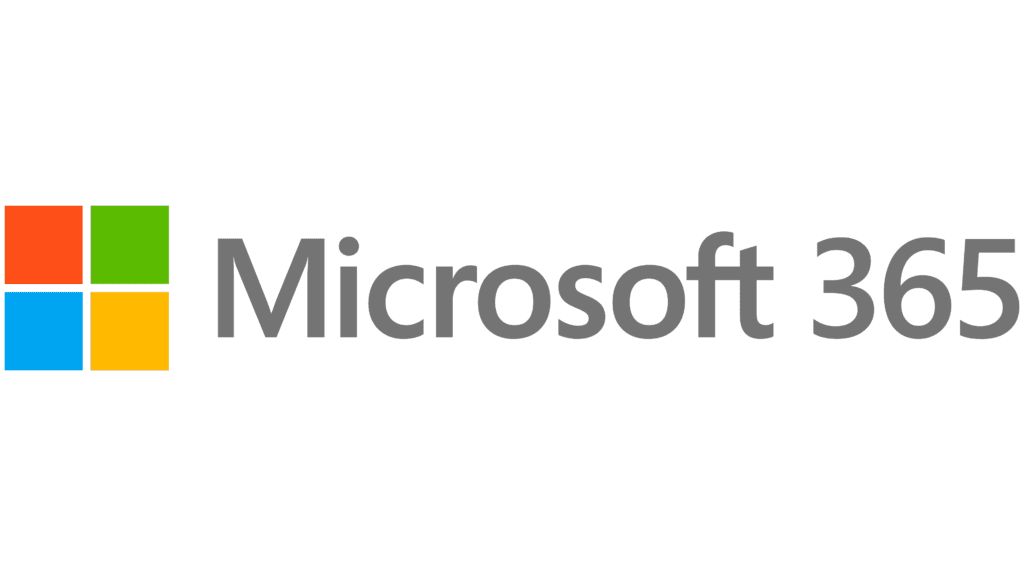
Digital technology has penetrated every aspect of life and business, hurtling us towards a world which blurs digital and analog realities. There’s no longer such a thing as existing online versus in real life. Offline is online this new paradigm is changing the very texture of our culture and lives. Welcome to the digital transformation. The revolution doesn’t need to be televised because it can easily be streamed online.
At its core, this new reality is forcing a radical rethinking of the way companies deliver value to their customers. Participation is not optional. However, with a technologically savvy guide, it doesnt have to be difficult. Read on to learn what the new digital reality means for businesses.
The Digital Transformation Changes Everything
The digital transformation is the adoption of digital technologies to create or recreate business processes, customer experiences, and ultimately the company culture itself. If that sounds like an utter revolution, it’s because it is. The digital transformation is a direct result of the digital revolution which began almost twenty years ago.
The transition to a digital-first infrastructure presents many significant logistical challenges for businesses as they update their processes and infrastructure. For most businesses, this will upend many ingrained habits across a variety of processes, including:
· Customer service
· Document management
· Product design
· Data processing
· Sales
· Supply chain management
This means employees, executives, and clients alike will all have to learn new ways of doing things. Such a process is bound to be stressful. However, businesses need to make this transition to stay relevant and up to speed with the changing world and its markets.
Why Transition to Digital?
A successful transition does present many decisive advantages for businesses across the board. The business world has embraced digital technology because it provides flexibility, scalability, and increased security. Beyond this, however, transitioning to digital is good for business because:
1. Customers expect a fully digital experience.
Almost 30 years ago, Pizza Hut rolled out the first example of how digital reality could change the way we live and work. Since then, technology has created faster, more efficient, and more exciting ways for people to interact with the world and with each other.
Today’s average consumer is technologically aware, accustomed to smooth UX interfaces, and impatient when it comes to delays or half-baked solutions. Companies are now considered behind the times if:
· Their website is not mobile-optimized
· There’s no digital payment processing system
· Customers cant easily get their questions answered, or access support
· There’s no customization or personalization in the experience
Each one of these shortcomings makes a business that much less accessible from the user’s device. It indicates to consumers that a business hasn’t invested in its digital presence. This is dangerous because a competitor is a Google search away.
To deliver the expected experiences, businesses must reflect an awareness of the primary reality in which the modern customer is immersed. That digital reality is one of connection, effortlessness, and instant gratification.
2. Digital tools for workflow optimization.
It’s not a trick of the eyes: there are more pieces flowing faster through the pipeline. Digitalization tends to speed things up, and many businesses are struggling to keep up with the breakneck pace of the world around them.
To stay competitive, modern business processes need to stay lean, nimble, and able to anticipate the next iteration of consumer trends before they occur. This desire for agility is why we’ve seen such a startling growth of cloud-based productivity solutions in the last two years.
3. Every cost-savings opportunity is a critical advantage.
Digital tools often cost less than traditional IT infrastructure. This is particularly true when looking at the cornucopia of cloud services available to the modern business today. Likewise, the rise of managed services, such as managed IT and managed printing make it easier for companies to access powerful tools without the upfront cost of acquisition.
The result is a greater emphasis on reducing costs while maintaining a high level of operational ability. The average business must leverage these benefits in order to remain cost-effective.
4. Modern companies handle massive amounts of data.
The digital transformation goes hand in hand with the rise of big data. A modern company is expected to handle an immense amount of data, whether it’s documents, marketing insights or other deep analytics which drive business operations.
Similarly, compliance and regulations haven’t gotten easier. If anything, businesses are expected to handle this data rapidly, flawlessly, and securely. Only staying up to date with technology helps maintain those rigorous expectations.
Make the Digital Transformation Today
Digitalization is changing everything, including many critical and core business functions. However, with the right guidance and insights, adopting a digital infrastructure can be a smooth process.
Ready to upgrade the way you do business? Contact DSI today to get started.

Jocelyn Gorman, the Executive Vice President of DSI, possesses a deep understanding of the unique requirements of growing businesses. With over a decade of experience collaborating with clients across various industries, she closely collaborates with her Sales Team to develop and implement tailored technology solutions. These solutions aim to enhance office productivity and minimize operational costs. Her remarkable ability to effectively address business challenges has garnered recognition from prestigious publications such as the Cannata Report and Family Business Magazine.


































